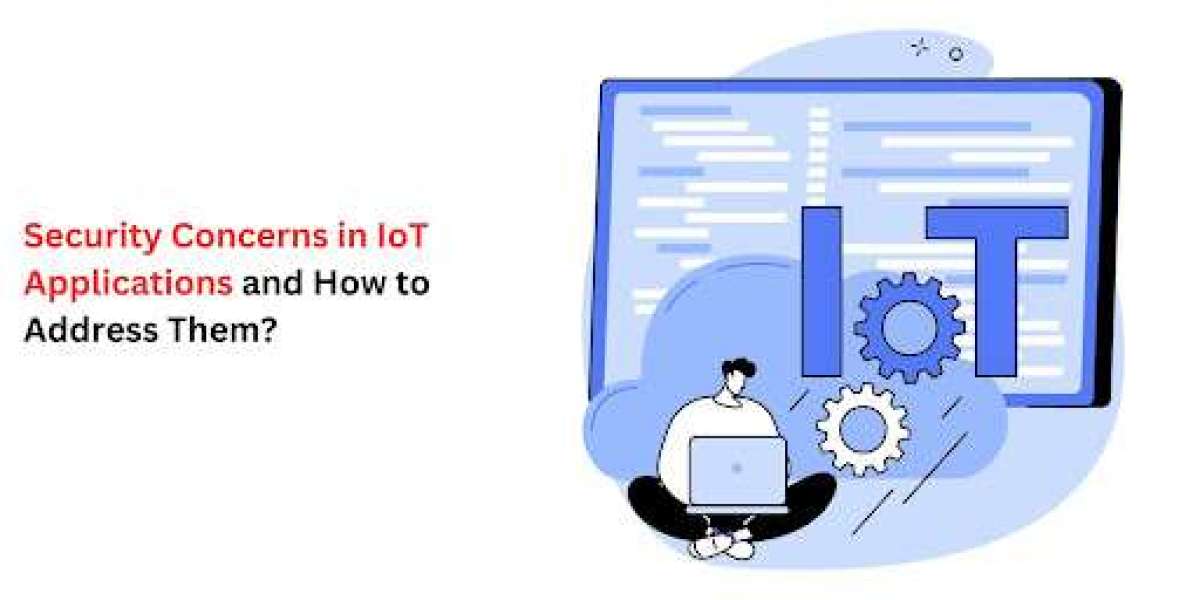IoT applications have revolutionized many facets, from smart thermostats and fitness trackers to industrial sensors and driverless vehicles. However, this connectivity has raised numerous security issues. However, these security issues can be addressed with the right strategy and execution while developing the application. A trusted and reliable IoT app development company can help you tackle these security issues. This in-depth blog will examine the security threats faced by IoT applications and look at practical mitigation techniques.
Security Challenges of IoT Applications
Below are some challenges that prominently arise with IoT applications:
Device Vulnerability
Many IoT devices have limited resources, rendering them vulnerable to assaults. Outdated firmware and unpatched vulnerabilities can jeopardize these devices' security.
Network Security
Because wireless communication is a critical component of IoT, data transmission is vulnerable to eavesdropping and data interception. Inadequate network security can allow unauthorized access to data.
Data Privacy
IoT devices capture and send massive volumes of data, including personally identifiable and sensitive data. Insufficient data security can result in unwanted access and privacy violations.
Denial of Service Attacks
DoS attacks on IoT devices might cause them to become unresponsive or unavailable; assaults can severely affect critical applications such as healthcare and industrial automation.
Physical Security
IoT devices are frequently placed in unsupervised or remote areas, leaving them physically susceptible to theft and tampering.
Supply Chain Vulnerability
When IoT devices are manufactured and distributed, security flaws may unintentionally penetrate the supply chain, creating severe hazards.
Solutions
Lets understand the possible ways to tackle security concerns of IoT applications:
Data Encryption
To prevent eavesdropping, encrypt data at rest and in transit. TLS/SSL should be used to encrypt data during communications.
Regular Firmware Updates
Update the firmware on IoT devices regularly to fix known vulnerabilities and enhance security. Install a system that will update firmware automatically when new releases are available.
Access Control
Enable only authorized users to interact with IoT devices by implementing strong access control measures. User privileges can be successfully managed using role-based access control (RBAC).
Strong Authentication
Make sure each device has a robust and individual password. Put multi-factor authentication (MFA) in place to increase security.
Pen Testing
Conduct penetration testing frequently to find weak points and vulnerabilities in your IoT infrastructure. Resolve the problems as soon as possible.
Network Segmentation
Use network segmentation to separate IoT devices from essential networks. This reduces the potential harm that a breach could do.
Also read - How IoT is Revolutionizing Mobile App Development
How to minimize risks in IoT App Development?
To establish yourself as a reliable brand and win customers' trust, you must ensure security of your application and users data. Lets understand the possible ways to minimize risks in IoT app development:
Regular Auditing Editing:
Check your IoT application for vulnerabilities regularly. Conduct security audits and assessments at different stages of development.
Secure Communication
Avoid sending confidential information in plaintext and use secure communication protocols.
Third-Party Vendors
Ensure third-party IoT device manufacturers emphasize security and offer tools for safe application integration.
Data Minimization
Only gather the required information for your application. The risk of a breach is reduced the less data you collect.
Regulatory Compliance
Keep up with IoT security guidelines and ensure that HIPAA, GDPR, and other data protection rules are followed.
Correct Set of Development Practices
Check for vulnerabilities in your IoT application regularly. At various stages of development, conduct security audits and evaluations.
Conclusion
It is impossible to undervalue the importance of addressing security vulnerabilities as IoT applications continue to expand. Massive volumes of data are produced by IoT devices, and their influence on our lives is only growing. This necessitates a strong security plan. By integrating solutions and following best practices, you may utilize IoT for business purposes while safeguarding your users, infrastructure, and data. In order to keep up with evolving threats in the always-changing digital environment, IoT application security is a continual process that requires awareness and agility. Always ensure that your development partner is a reliable and established IoT app development company in the market.








